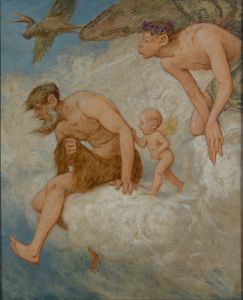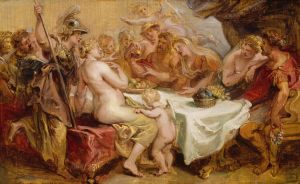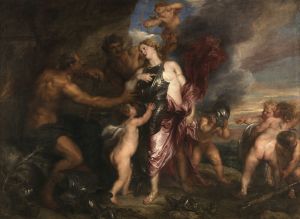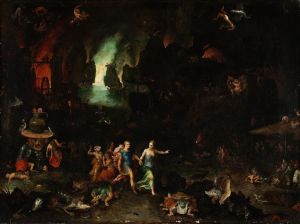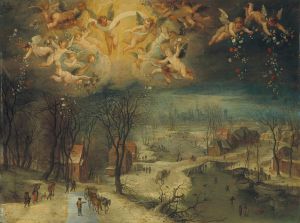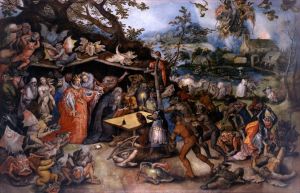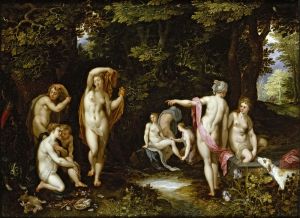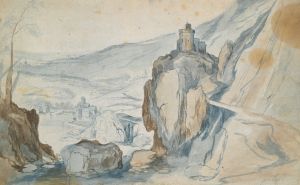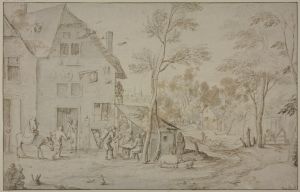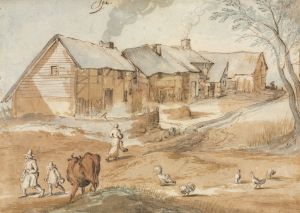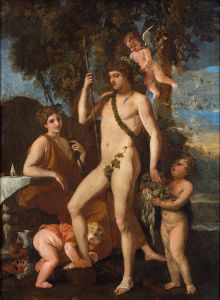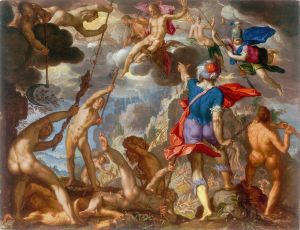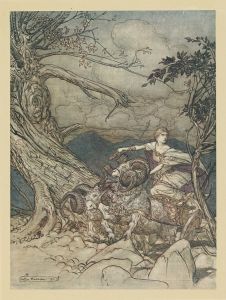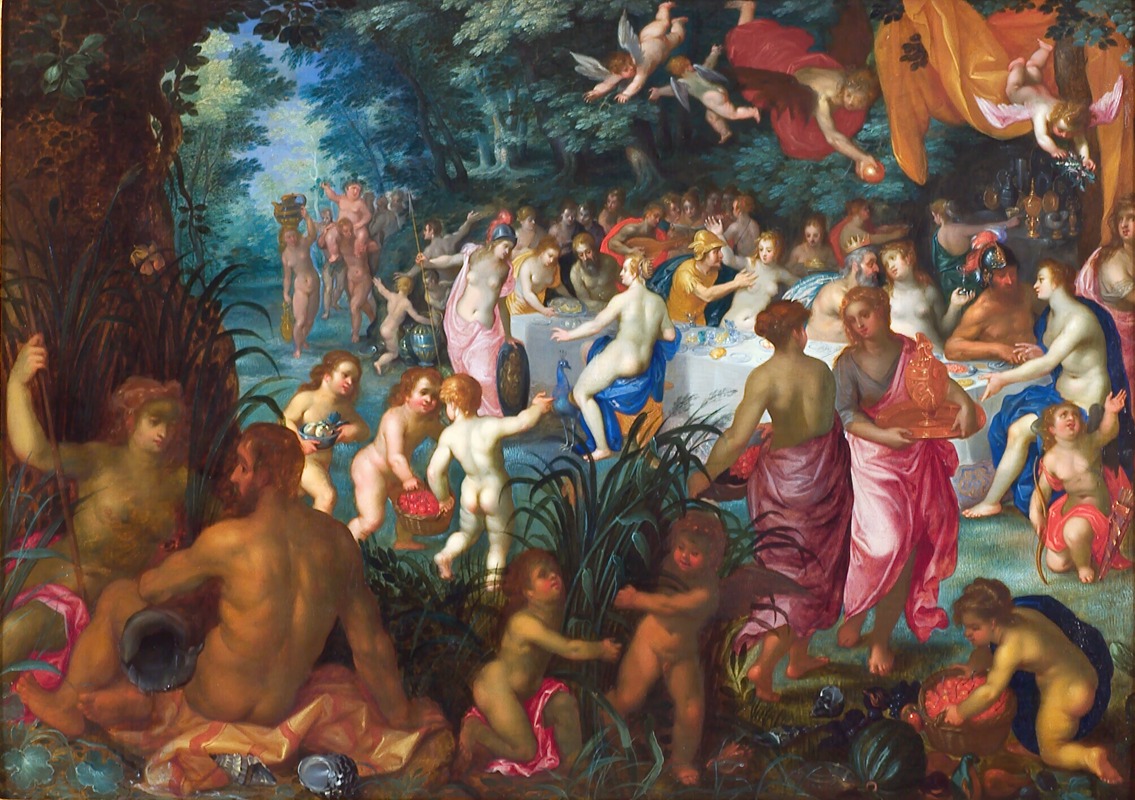
The Marriage of Peleus and Thetis
A hand-painted replica of Jan Brueghel The Elder’s masterpiece The Marriage of Peleus and Thetis, meticulously crafted by professional artists to capture the true essence of the original. Each piece is created with museum-quality canvas and rare mineral pigments, carefully painted by experienced artists with delicate brushstrokes and rich, layered colors to perfectly recreate the texture of the original artwork. Unlike machine-printed reproductions, this hand-painted version brings the painting to life, infused with the artist’s emotions and skill in every stroke. Whether for personal collection or home decoration, it instantly elevates the artistic atmosphere of any space.
Jan Brueghel the Elder's painting The Marriage of Peleus and Thetis is a notable work by the Flemish artist, who was active during the late 16th and early 17th centuries. Jan Brueghel the Elder, a member of the renowned Brueghel family of painters, was celebrated for his intricate compositions, mastery of detail, and ability to depict elaborate mythological and allegorical scenes. This painting is an example of his skill in combining mythological themes with lush, detailed landscapes.
The artwork depicts the mythological wedding of Peleus, a mortal hero, and Thetis, a sea nymph, an event from Greek mythology that is famously associated with the origins of the Trojan War. According to the myth, the gods and goddesses of Mount Olympus were invited to the wedding, and the scene often serves as a prelude to the story of the golden apple and the eventual judgment of Paris. Brueghel's interpretation of this mythological event is characterized by its vibrant colors, intricate details, and the inclusion of numerous figures, both human and divine, set within a richly detailed natural environment.
Brueghel was known for his ability to create densely populated compositions, and this painting is no exception. The figures of gods, goddesses, and other mythological beings are carefully arranged throughout the scene, each rendered with meticulous attention to detail. The landscape itself is lush and expansive, showcasing Brueghel's talent for painting flora and fauna with remarkable precision. The work reflects the artist's interest in combining mythological storytelling with the natural world, a hallmark of his artistic style.
The exact date of the painting's creation is not definitively known, but it is generally attributed to the early 17th century, during the height of Brueghel's career. The painting is often noted for its collaborative nature, as Brueghel frequently worked with other artists, such as Peter Paul Rubens, to combine his detailed landscapes with Rubens' dynamic figures. However, it is unclear whether this specific work involved such collaboration.
The painting is housed in a museum collection, though its current location may vary depending on exhibitions or loans. As with many works of this period, the painting reflects the cultural and artistic interests of the time, particularly the fascination with classical mythology and the natural world.
This artwork remains an important example of Jan Brueghel the Elder's contribution to Flemish Baroque painting and his ability to merge mythological themes with his signature detailed landscapes.





